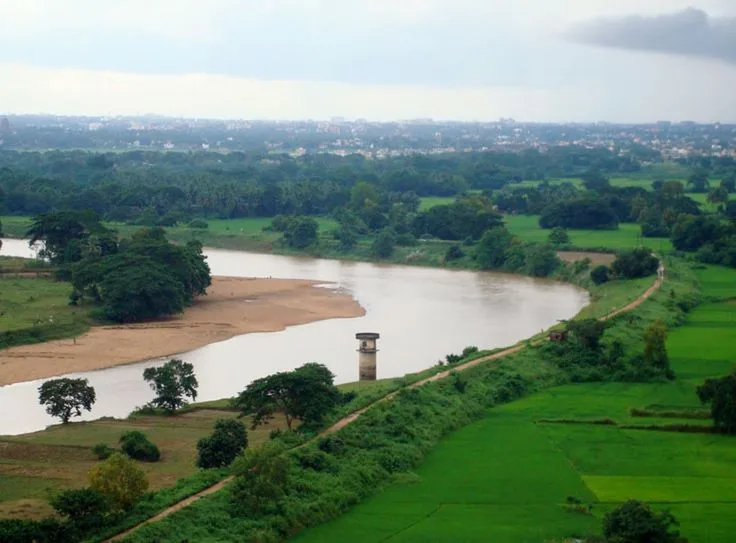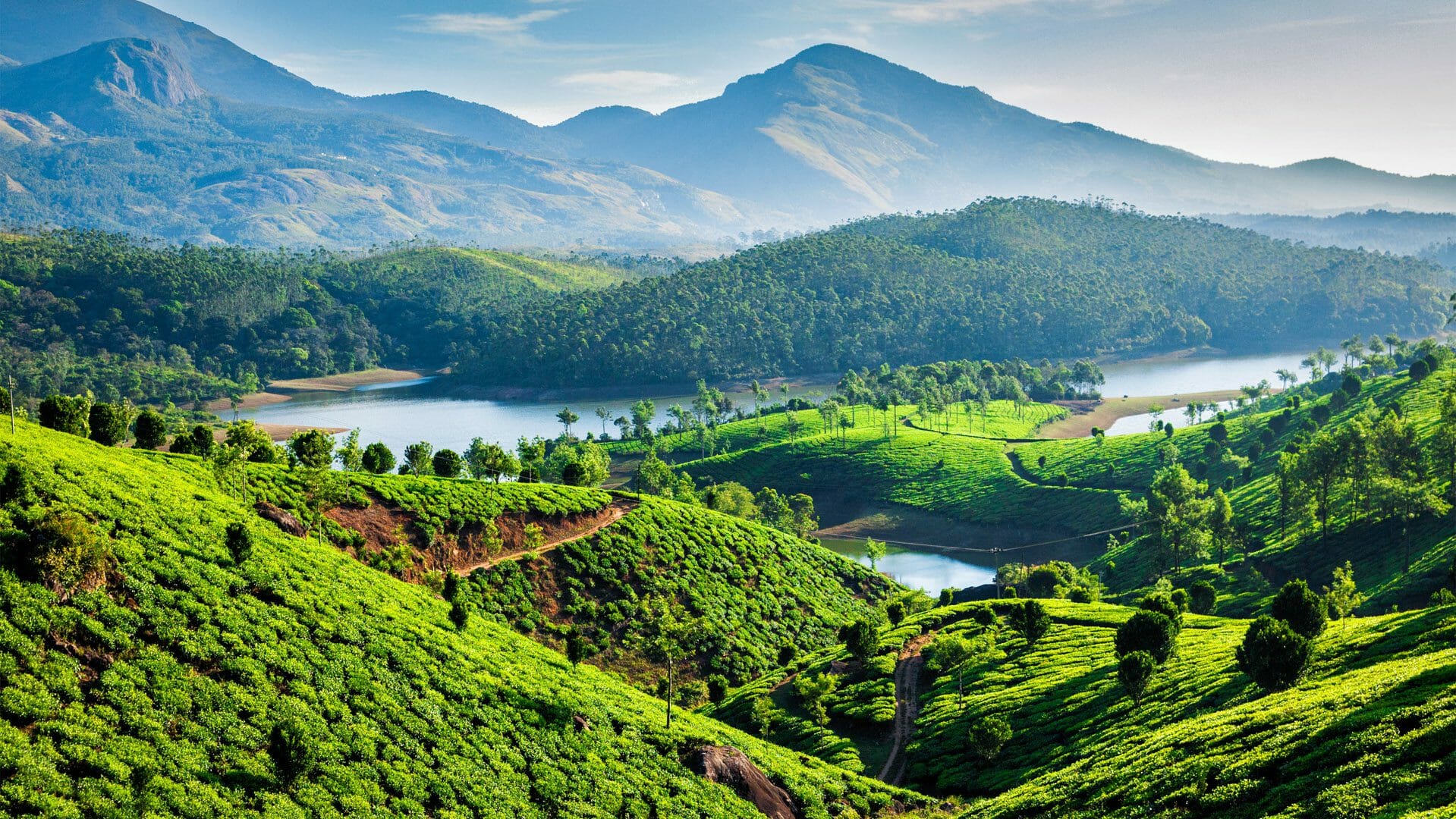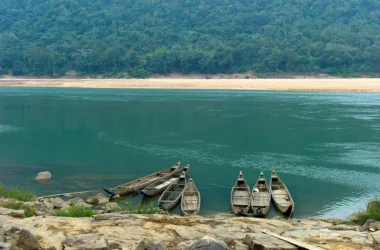Welcome to the enchanting world of the Daya River, a hidden gem nestled in the eastern part of India. This river has been a silent witness to the ebb and flow of time, and its banks are steeped in history and culture. In this article, we’ll explore the geographical location, historical significance, ecological importance, culture, and lifestyle associated with the Daya River, as well as the adventure and tourism opportunities it offers.
Geographical Location of Daya River
Source and Course
The Daya River originates in the hilly terrains of the Eastern Ghats in the state of Odisha. It flows through the Khurda and Puri districts before finally merging with the Bay of Bengal near Konark. The river has a total length of approximately 37 kilometers and covers a vast area, making it an essential water body in the region.
Tributaries and Watershed
The Daya River has several tributaries, including the Gangua, Gobari, and Bhargavi Rivers, which play a crucial role in maintaining its water flow. The watershed of the Daya River is extensive and includes both urban and rural areas, making it a lifeline for the local communities that depend on it for various purposes.
Historical Significance of Daya River
The Kalinga War
The Daya River holds immense historical significance as it was the site of the famous Kalinga War, fought between Emperor Ashoka and the ruler of Kalinga in 261 BCE. This war was a turning point in Indian history, as it led to the transformation of Ashoka into a devout follower of Buddhism and a proponent of peace.
Dhauli Shanti Stupa
To commemorate his change of heart and the lives lost in the Kalinga War, Emperor Ashoka erected the Dhauli Shanti Stupa on the banks of the Daya River. This stupa stands as a symbol of peace and is a major tourist attraction in the region.
Ecological Importance
Biodiversity
The Daya River is home to a diverse range of flora and fauna, including various species of fish, birds, and reptiles. The river supports a thriving ecosystem and plays a crucial role in maintaining the biodiversity of the region.
Conservation Efforts
Despite its ecological significance, the Daya River faces several challenges, including pollution and habitat destruction. Various conservation efforts are underway to preserve and protect the river and its surroundings, including afforestation, waste management, and community involvement.
Culture and Lifestyle
Local Communities
The Daya River has been an integral part of the lives of the local communities for centuries. The river serves as a source of livelihood for many, providing water for agriculture, fishing, and other daily activities.
Festivals and Traditions
The Daya River is also central to the cultural and religious practices of the local people. Various festivals and traditions are celebrated along the banks of the river, and it holds a special place in the hearts of the residents.
Adventure and Tourism
Boating and Fishing
The Daya River offers a range of adventure and tourism opportunities for visitors. Boating and fishing are popular activities on the river, providing a chance to experience the beauty of the region up close.
Nearby Attractions
In addition to the Dhauli Shanti Stupa, the Daya River is also close to several other attractions, including the Sun Temple at Konark and the Jagannath Temple at Puri. These sites draw tourists from around the world, making the Daya River a significant part of the tourism circuit in the region.
Conclusion
The Daya River is a testament to the rich history, culture, and ecological diversity of India. From its role in the Kalinga War to its significance in the daily lives of the local communities, the river is a treasure trove of stories and experiences. Whether you’re interested in history, nature, or adventure, the Daya River has something for everyone. So, come and explore this beautiful river and discover the magic that lies within its waters.
Similar Articles
FAQs
Where is the Daya River located?
The Daya River is located in the eastern part of India, flowing through the Khurda and Puri districts in the state of Odisha.
What is the historical significance of the Daya River?
The Daya River holds immense historical significance as it was the site of the famous Kalinga War fought between Emperor Ashoka and the ruler of Kalinga in 261 BCE. After the war, Emperor Ashoka embraced Buddhism and erected the Dhauli Shanti Stupa on the banks of the Daya River as a symbol of peace.
What is the ecological importance of the Daya River?
The Daya River is home to a diverse range of flora and fauna and supports a thriving ecosystem. It plays a crucial role in maintaining the biodiversity of the region and serves as a source of livelihood for local communities.
What are the popular activities to do on the Daya River?
Popular activities on the Daya River include boating, fishing, and bird-watching. The river’s serene waters and scenic surroundings make it an ideal spot for leisure and adventure activities.
What are the nearby attractions to the Daya River?
The Daya River is close to several other attractions, including the Sun Temple at Konark and the Jagannath Temple at Puri. These sites are significant tourist destinations and draw visitors from around the world.









